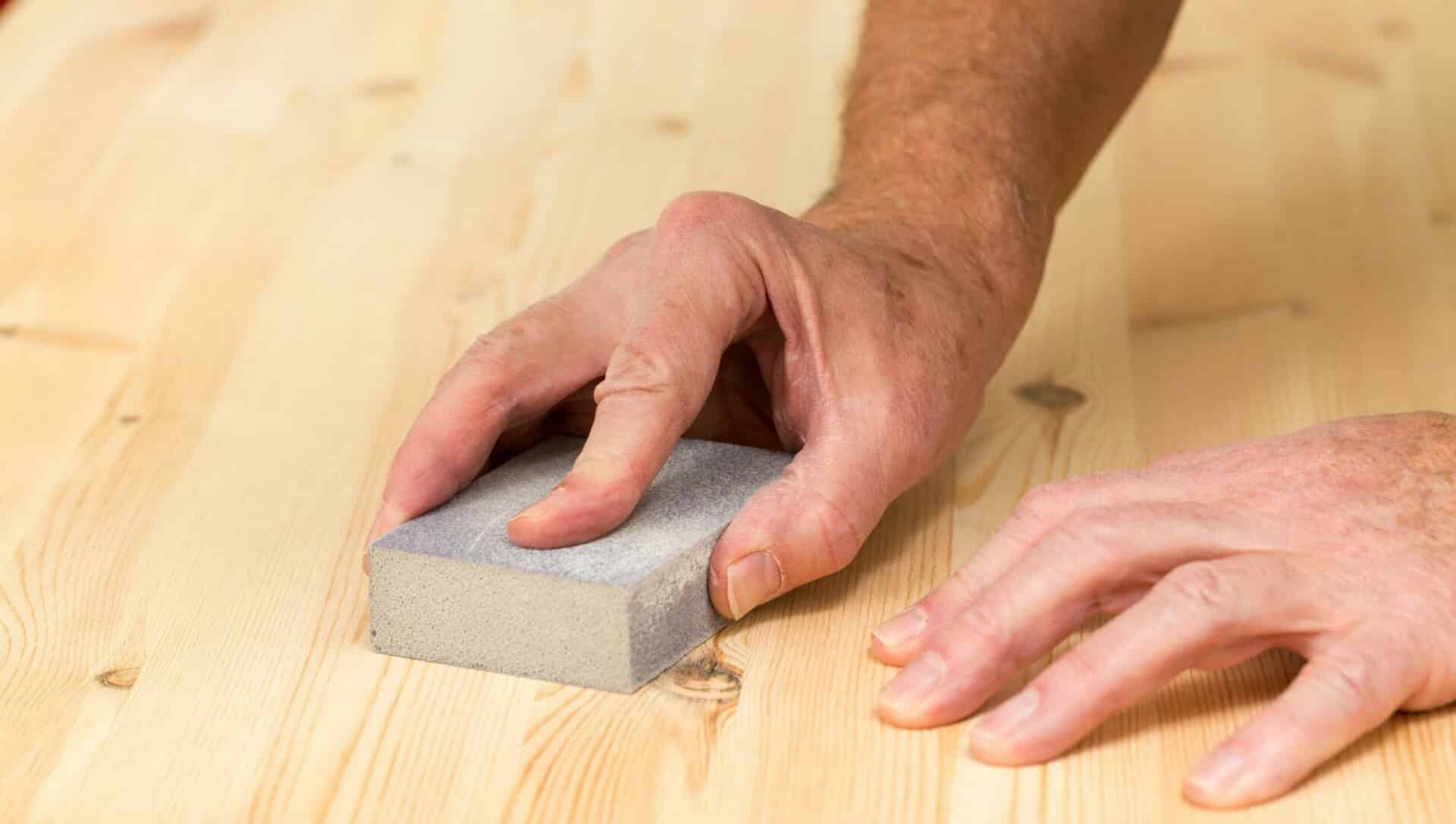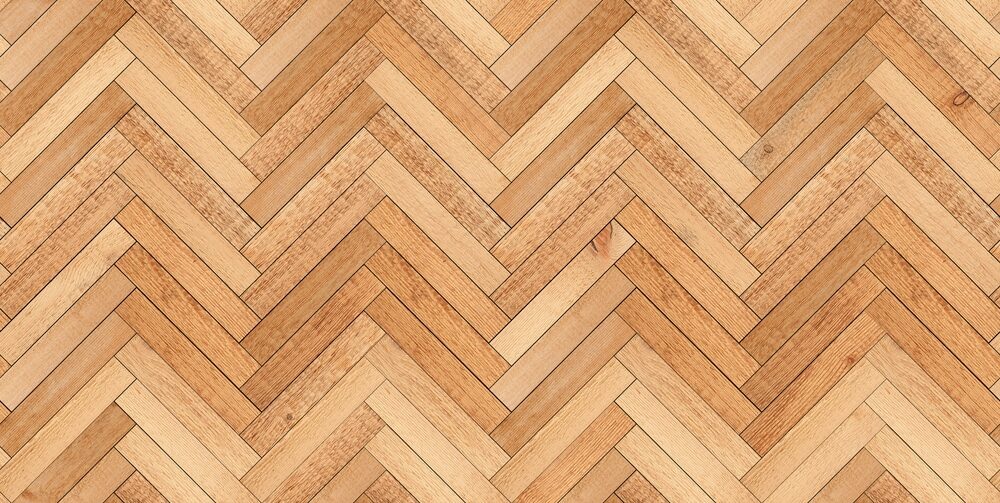London:
Nationwide:
Reviving History: Preserving Georgian and Edwardian Wood Floors in UK Properties
Posted on April 18, 2024
Wood Floor Maintenance
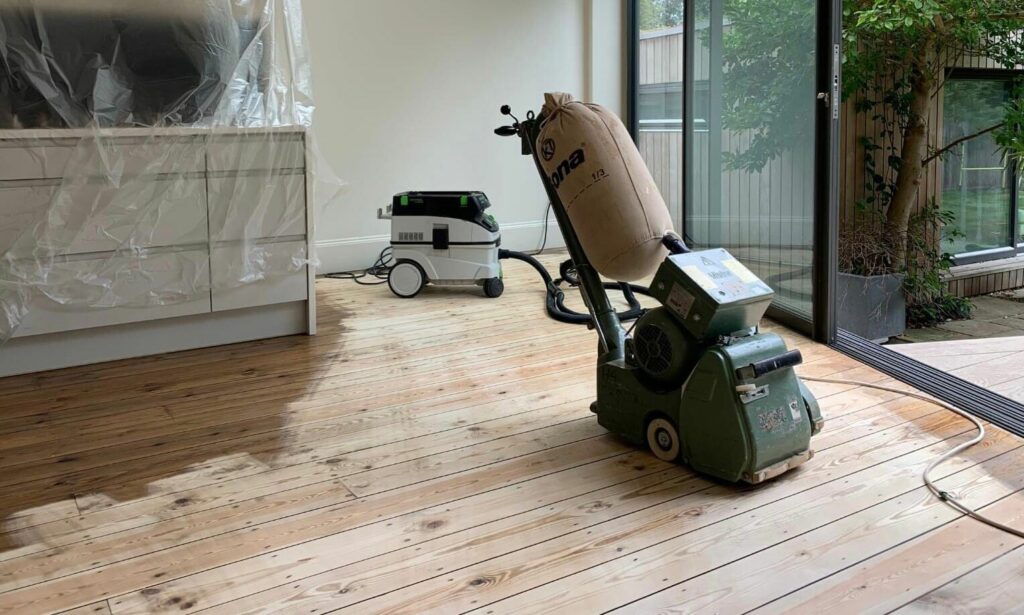
Preserving Georgian and Edwardian Wood Floors: A Guide to Reviving Historical Properties in the UK
Welcome to “Reviving History: Preserving Georgian and Edwardian Wood Floors in UK Properties,” a comprehensive guide aimed at helping homeowners, restorers, and enthusiasts appreciate and maintain the elegance and historical integrity of wood flooring from the Georgian and Edwardian eras in the United Kingdom. Georgian (1714-1830) and Edwardian (1901-1910) periods are renowned for their distinctive architectural styles, which reflect the tastes, technologies, and materials of their times. Among the most cherished features of properties from these eras are the wooden floors, which are not only beautiful but also hold stories of the past, making them invaluable pieces of cultural heritage. The preservation of these wood floors is not merely about maintaining the aesthetic appeal of a property; it is about conserving a piece of history. Each plank and parquet piece tells a story of craftsmanship and historical context, offering insights into the woodworking techniques and stylistic preferences of the time. Moreover, maintaining these floors in good condition can significantly enhance the value of a property, linking it with a rich historical narrative that is increasingly appreciated in the real estate market. This blog post will guide you through the historical significance of these wooden floors, identify common issues they face over time, and present the best practices for their preservation. We will explore both traditional techniques and modern approaches that respect the floor’s original character while ensuring it remains durable and functional for years to come. Whether you are a property owner, a restoration expert, or simply a history enthusiast, this guide will provide you with valuable insights and practical advice to help keep a piece of history alive in your home. Join us as we step into history, exploring the elegance and preservation of Georgian and Edwardian wood floors across the UK.
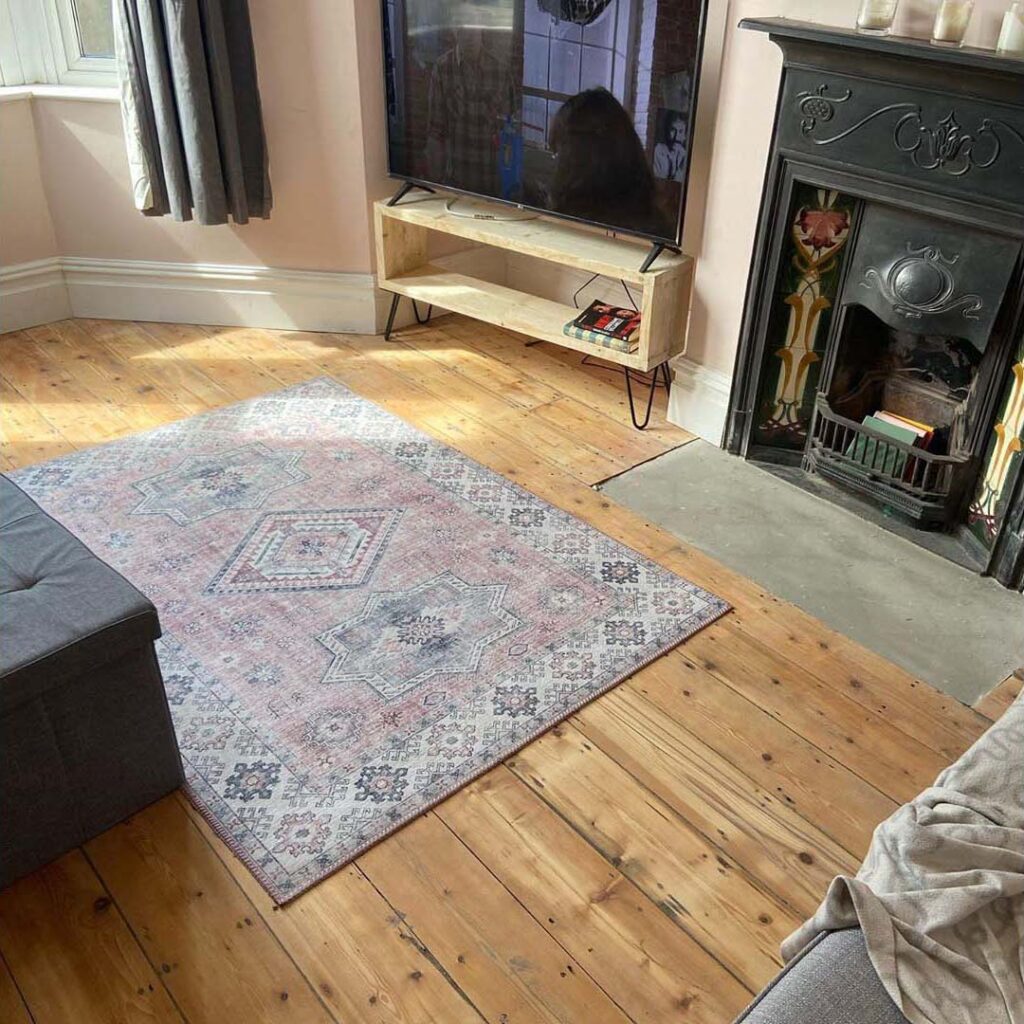
Historical Significance of Wood Floors
In this section, we delve into the historical importance of Georgian and Edwardian wood floors, exploring their unique characteristics, the materials used, and their social significance during those periods.
Characteristics of Georgian and Edwardian Wood Floors
Georgian and Edwardian eras were known for their refined aesthetics and high-quality craftsmanship. Wood floors from these times often exhibit intricate designs and superior materials. Georgian floors typically feature wide planks made from solid hardwoods, reflecting the era’s preference for grandeur and durability. In contrast, Edwardian floors are often recognized by their more elaborate patterns, such as parquet and marquetry, showcasing an evolution in taste and technology.
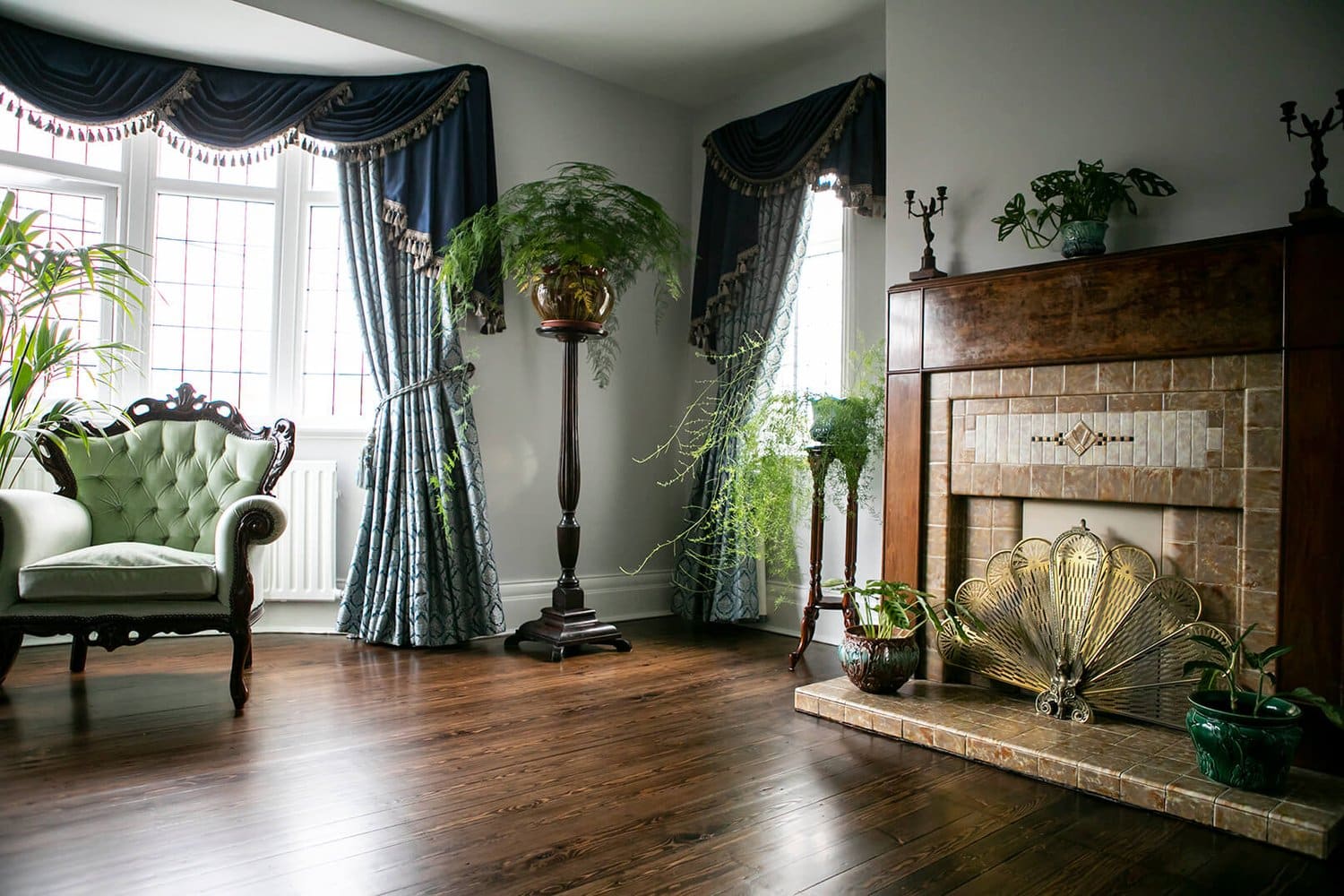
Types of Wood Used
The types of wood used during these periods were often a reflection of the available resources and the socio-economic status of the homeowners. Georgian floors were commonly constructed from oak, which was abundant and favoured for its hardwearing properties. Mahogany and walnut were also popular among the more affluent, as these were expensive imports that added an exotic appeal to the interiors. Edwardian floors saw the introduction of more varied woods, including teak and maple, as trade routes expanded and tastes became more eclectic.
Symbolism and Social Significance
Wood floors in Georgian and Edwardian homes were not merely functional or decorative elements; they were also symbols of wealth and social standing. The quality of the wood, the complexity of the design, and the state of preservation were indicators of the homeowner’s status and taste. These floors were designed to impress and convey a sense of permanence and tradition. Moreover, the preservation of these floors today serves as a testament to the craftsmanship and aesthetic principles of the past. They provide a tangible connection to the historical and cultural context of the era, offering insight into the materials, technology, and artistic expressions of the time.
The Continuing Legacy
Today, Georgian and Edwardian wood floors are highly prized not only for their beauty and craftsmanship but also for their historical significance. They connect the past with the present, allowing us to walk literally in the footsteps of those who came before us. Preserving these floors is akin to preserving a piece of art, each restoration effort contributing to the continuation of history in contemporary spaces. By understanding the historical significance of these wood floors, we can better appreciate their value and the importance of their preservation, ensuring that they continue to enhance homes and tell their stories for generations to come.
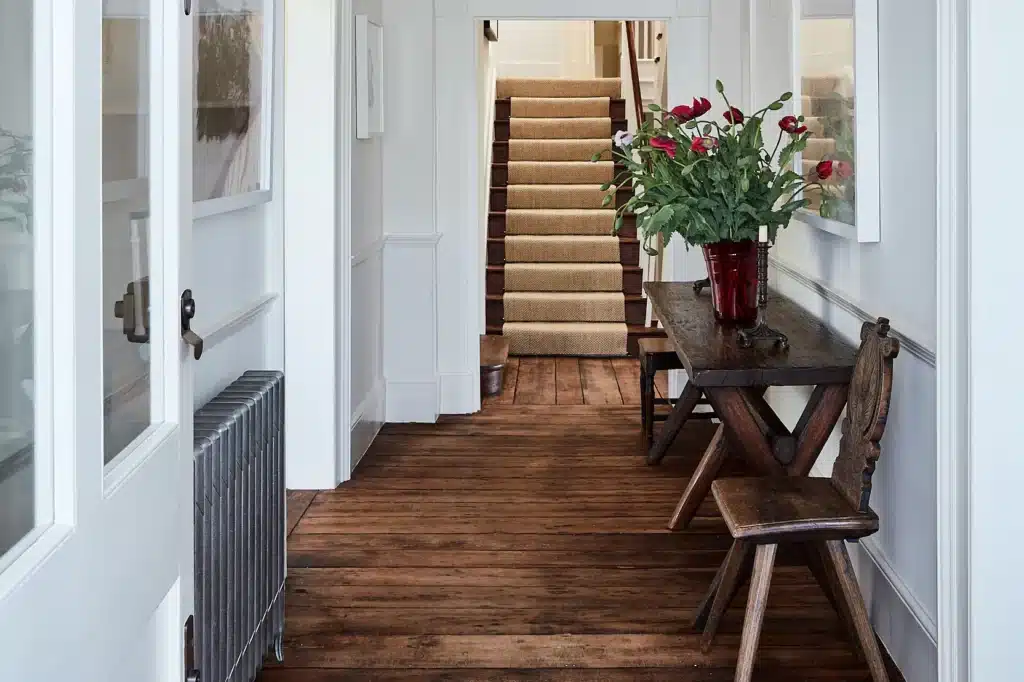
Common Issues with Historical Wood Floors
Preserving historical wood floors in Georgian and Edwardian properties involves understanding and addressing several common issues that arise due to age, environmental factors, and previous restoration attempts. This section explores these challenges and offers insight into maintaining the integrity and beauty of these antique floors.
Wear and Tear
The most evident issue with historical wood floors is the natural wear and tear that occurs over decades or even centuries of use. Common signs include:
- Scratches and Scuffs: Daily foot traffic, furniture movements, and general usage leave marks on the wood surface.
- Gaps and Warping: Wood floors can expand and contract with changes in humidity and temperature, leading to gaps between planks or warping of the wood itself.
- Fading and Discolouration: Exposure to sunlight can cause significant fading and changes in the wood’s colour, which can alter the floor’s original appearance.
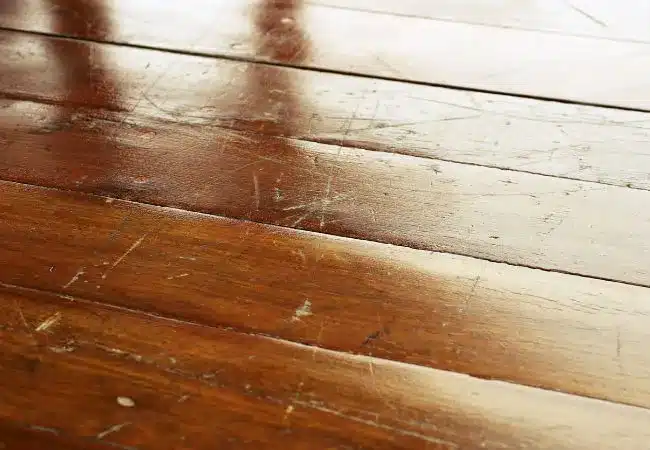
Environmental Impacts
Historical wood floors are particularly susceptible to environmental conditions:
- Moisture Damage: Excessive moisture, whether from leaking pipes, spills, or humidity, can cause wood to swell, rot, or develop mould.
- Temperature Fluctuations: Changes in temperature can lead to contraction and expansion, which may damage the floor’s structure over time.
- Insect Infestation: Wood-boring insects such as termites and beetles can cause severe damage to the integrity of wooden floors.
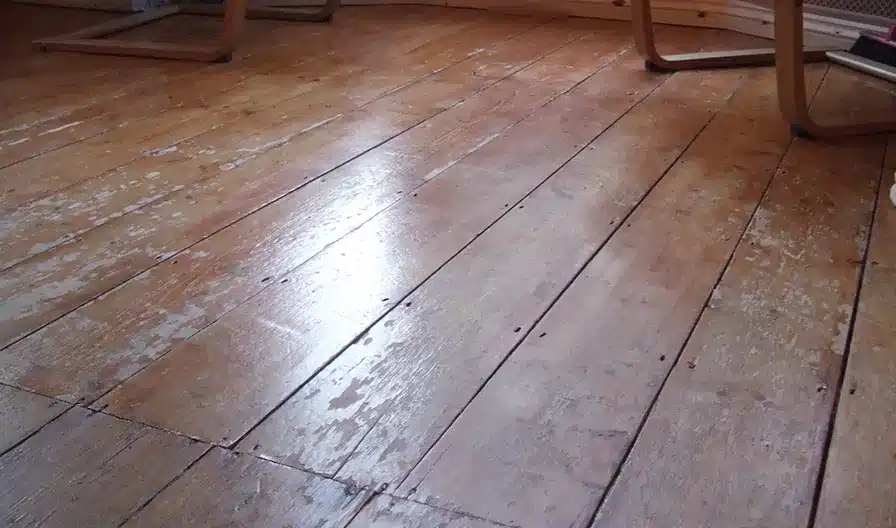
Previous Restoration Efforts
Past restoration attempts can also affect the current condition of historical wood floors:
- Inappropriate Materials: Use of modern varnishes, sealants, or adhesives that do not match the original materials can lead to further deterioration or make future restorations more challenging.
- Poor Craftsmanship: Restoration work that was not performed by specialists familiar with historical techniques can compromise the floor’s authenticity and durability.
- Over-Sanding: Excessive sanding during past restorations can thin the planks, reducing their lifespan and structural integrity.
Addressing these issues requires a careful balance of traditional craftsmanship and modern preservation techniques. Proper assessment and tailored restoration plans are essential to maintain the historical integrity while ensuring the floors remain functional and beautiful. Homeowners and restoration experts must be vigilant about choosing the right materials and methods to preserve these historical treasures for future generations.
Best Practices in Preservation
Preserving Georgian and Edwardian wood floors is a delicate balance of maintaining historical authenticity and ensuring practical durability. Here are some best practices for the preservation of these precious historical assets:
Initial Assessment and Damage Evaluation
- Thorough Inspection: Begin with a detailed assessment of the entire floor to identify all issues, such as cracks, warping, loose boards, and signs of insect damage. This should be done by professionals who specialize in historical floors to ensure accurate diagnostics.
- Historical Research: Understanding the original construction techniques and materials used can guide the restoration process to ensure that any interventions are sympathetic to the original style and methods.
- Environmental Check: Evaluate the current environmental conditions, including humidity and light exposure, to identify factors that may contribute to ongoing deterioration.
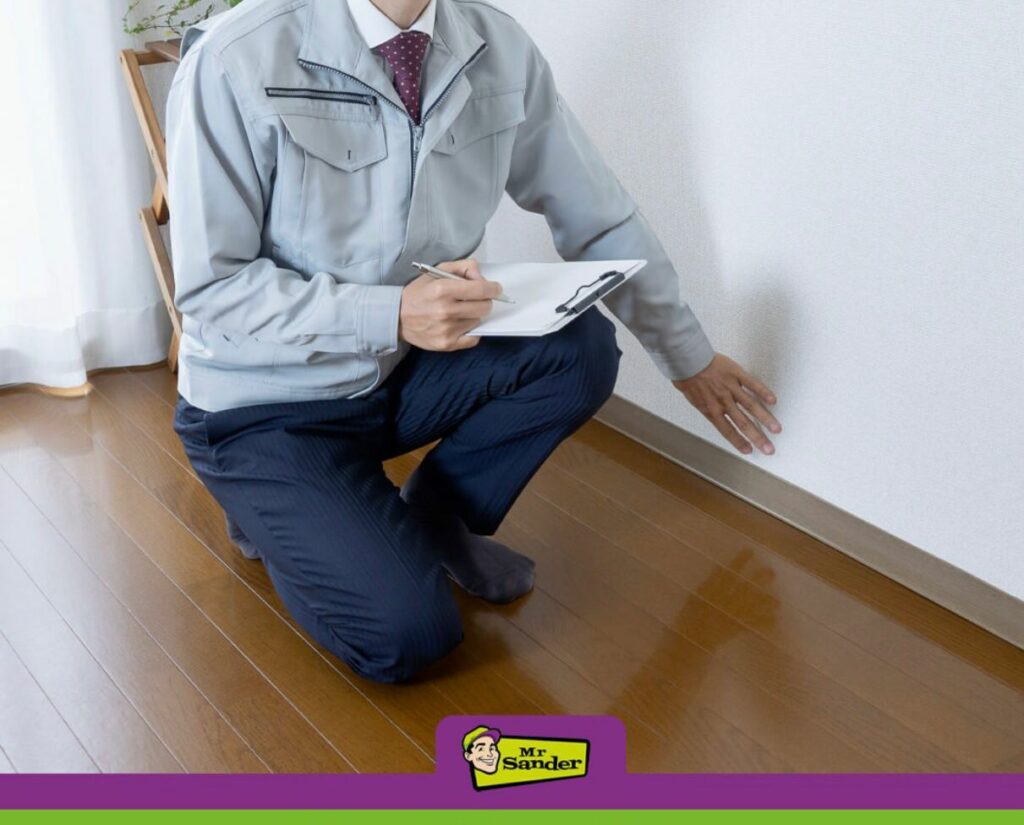
Cleaning and Maintenance
- Gentle Cleaning Techniques: Use soft brushes and dry or slightly damp cloths to avoid introducing too much moisture to the wood. Avoid harsh chemicals that can strip the wood of its natural oils.
- Regular Maintenance: Implement a routine that includes regular dusting and immediate attention to spills to prevent water damage and staining.
- Appropriate Finishing Products: Choose finishes that are breathable and suitable for the type of wood and its historical context. Traditional waxes or oils that were originally used can often be the best choice.
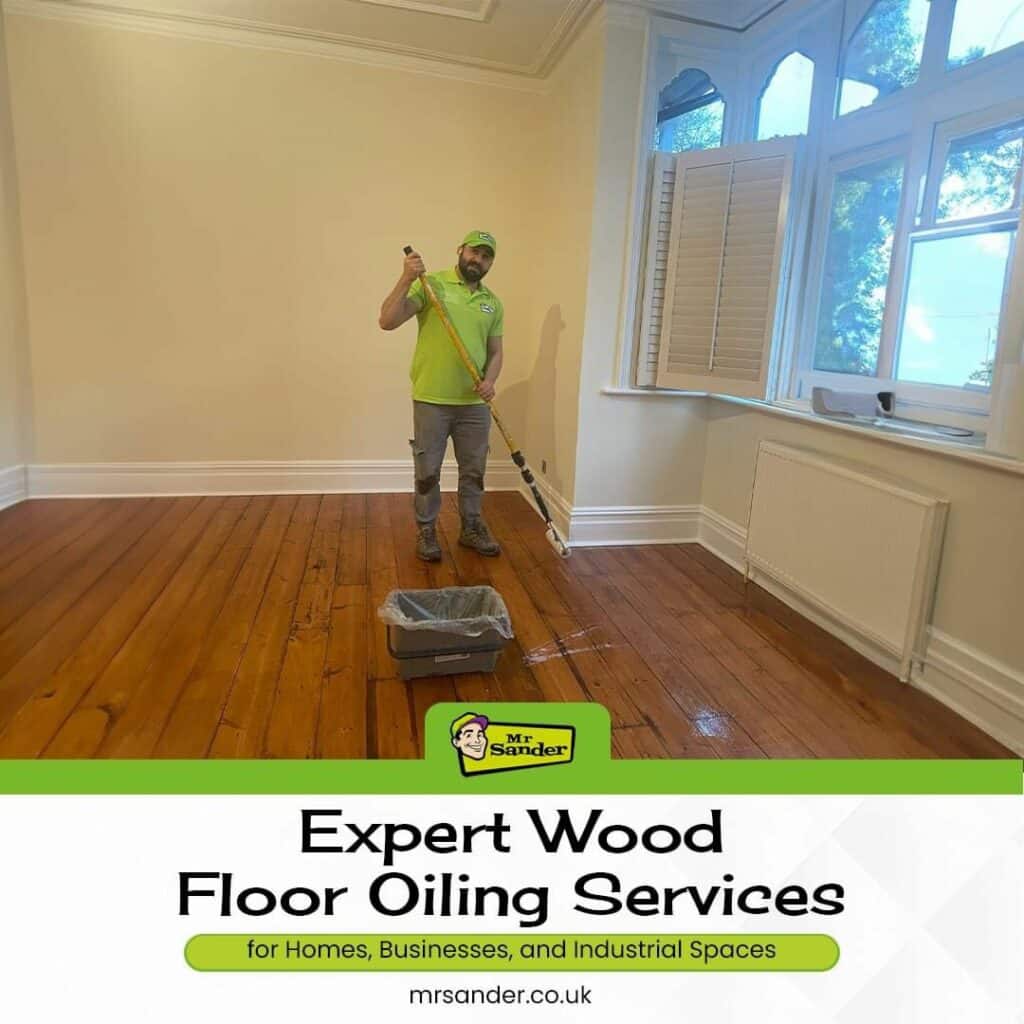
Repairing and Restoring Wood Floors
- Conservative Interventions: Aim to conserve as much of the original material as possible. Only replace sections of the flooring where absolutely necessary, and ensure that new materials match the original as closely as possible in terms of type, age, and patina.
- Professional Techniques: Employ craftsmen skilled in traditional woodworking techniques. Modern methods can sometimes be adapted but should always be applied in a way that does not compromise the floor’s historical integrity.
- Documentation: Keep detailed records of any work done, including materials used and the nature of the work. This documentation will be valuable for future preservation efforts and for historical records.
Modern Techniques for Traditional Looks
- Advanced Moisture Control: Utilize modern tools and techniques to manage humidity and temperature in a way that minimizes their impact on the wood floors.
- Integrating Technology: Consider the use of gentle, modern machinery for cleaning and restoration tasks that were previously done by hand, ensuring that these do not harm the wood.
- Protective Measures: Install UV-filtering window films and use rugs or carpets to protect the most vulnerable parts of the flooring from wear and sunlight.
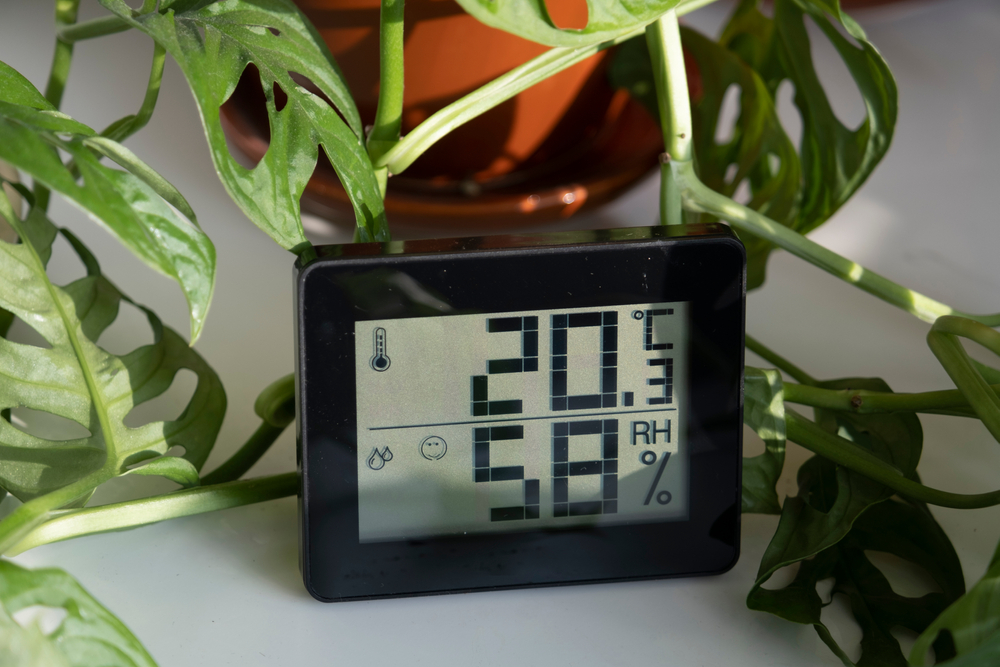
By adhering to these best practices, preservationists and homeowners can ensure that Georgian and Edwardian wood floors continue to offer beauty and historical insight while remaining a functional part of modern living spaces. The goal is to pass these historical treasures down to future generations in the best possible condition, retaining the stories and craftsmanship they embody.
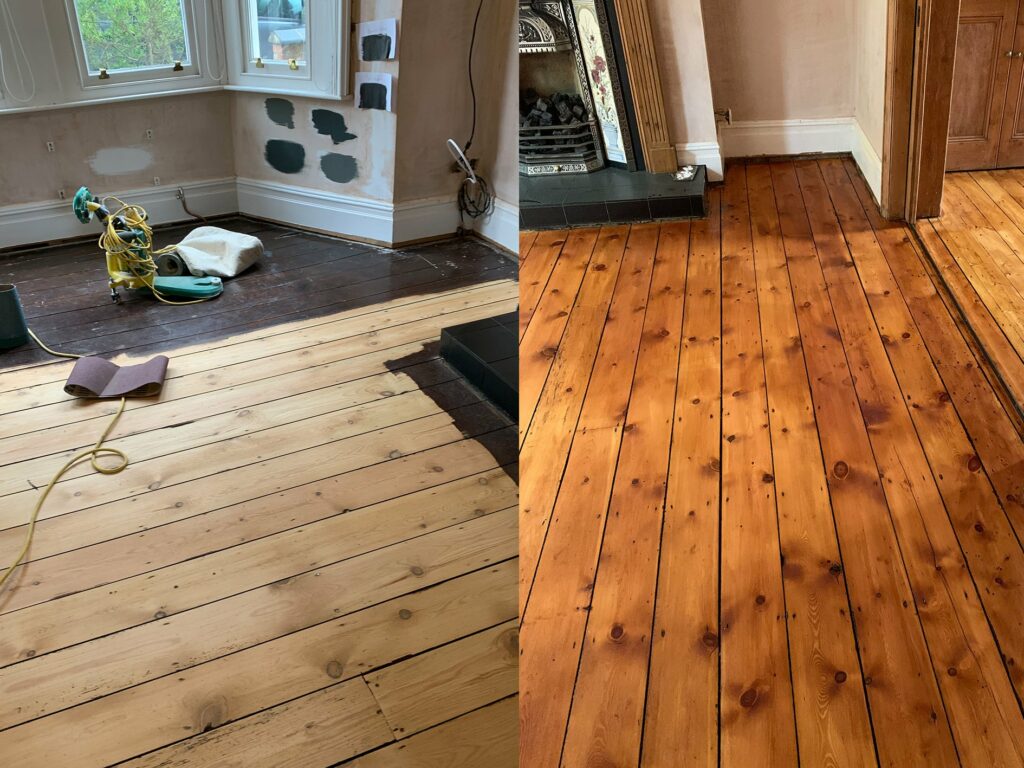
Modern Techniques for Traditional Looks
When it comes to preserving Georgian and Edwardian wood floors, combining modern restoration techniques with traditional aesthetics can provide the best of both worlds: durability and historical authenticity. Here are several modern approaches that are particularly effective in maintaining the classic look of these historical floors while ensuring they remain robust and functional.
Advanced Moisture and Climate Control
- Controlled Environment: Installing modern HVAC systems that include humidity control can help maintain an optimal climate for historical wood floors. This prevents the wood from expanding and contracting excessively, which can lead to warping and cracking.
- Hygrometers and Dehumidifiers: Utilizing these tools helps monitor and adjust indoor humidity levels. This is crucial in regions with high humidity or in buildings that may not have consistent internal climates.

Precision Restoration Techniques
- Laser Technology: Lasers can be used for precision cleaning and to remove old finishes and stains without damaging the wood underneath. This method allows for a high degree of control and can preserve more of the original material compared to traditional sanding.
- 3D Printing and Milling: When sections of the flooring are damaged beyond repair, 3D printing and CNC milling can replicate intricate patterns and designs that are faithful to the original craftsmanship.
Protective Finishing Products
- Micro-Porous Sealants: Modern sealants allow the wood to breathe, which is essential for managing moisture absorption and release. These products provide protection from wear and spillages while maintaining the wood’s natural look.
- UV Protection: Finishes that include UV inhibitors can protect the wood from sun damage, preventing fading and maintaining the original color and patina of the wood.
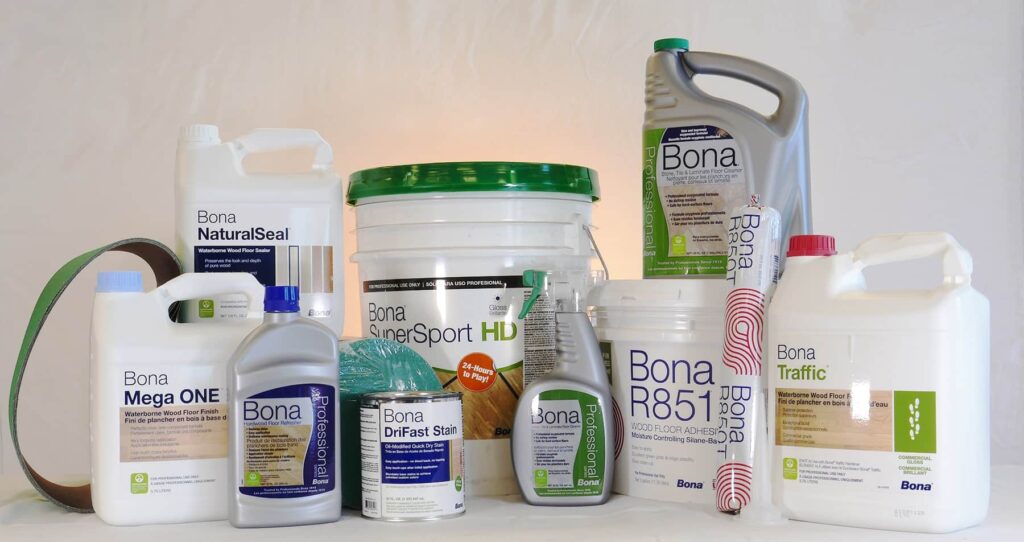
Enhanced Durability with Traditional Aesthetics
- Composite Inlays: For areas that require more strength, composite materials can be crafted to mimic the look of original wood but offer greater durability against wear and moisture.
- Sympathetic Replacement Materials: When new wood is necessary, it is aged or treated to match the look and feel of the surrounding original planks, ensuring that repairs are visually seamless.
Use of Traditional Tools with Modern Adaptations
- Modified Hand Tools: Traditional tools have been adapted with modern engineering to provide better efficiency and precision, allowing craftsmen to work with greater accuracy and less risk of damaging sensitive materials.
- Dust-Free Sanding Equipment: Modern sanding tools equipped with vacuum extraction can prevent dust accumulation and reduce clean-up time, all while protecting the existing finish from potential scratches or uneven sanding.
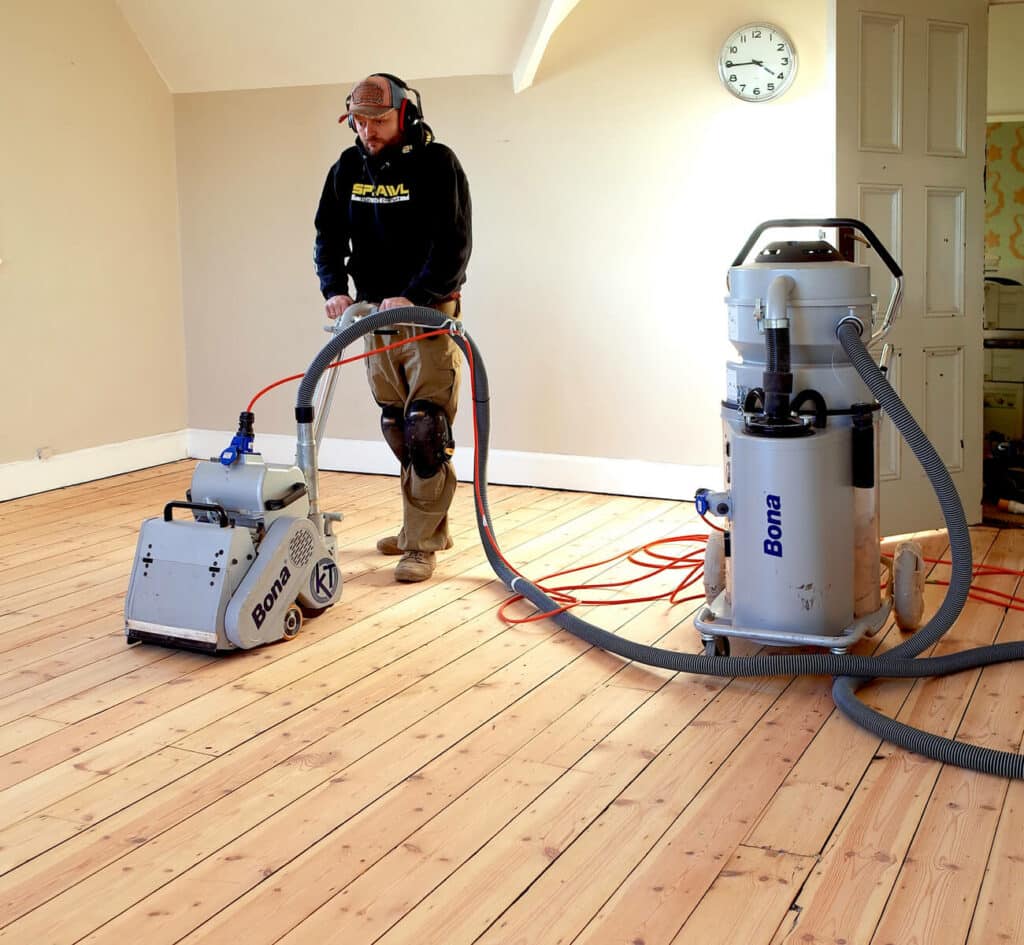
By incorporating these modern techniques, the preservation of Georgian and Edwardian wood floors can respect historical accuracy while embracing contemporary methods that enhance longevity and functionality. This approach not only protects these architectural treasures but also ensures they continue to adorn homes and historical buildings with their timeless beauty.
Legal and Ethical Considerations
When undertaking the preservation of Georgian and Edwardian wood floors, it’s crucial to navigate the complex landscape of legal and ethical considerations. These frameworks ensure that restoration efforts respect the historical significance of the properties while adhering to current laws and ethical guidelines.
Legal Frameworks for Historical Preservation
- Listed Building Consent: In the UK, properties that are listed due to their historical significance require consent from local planning authorities before any alterations, including restoration or repair of wood floors, can be made. This is to ensure that any work done is in line with the preservation of the building’s character.
- Building Regulations: Even if a building is not listed, any restoration work must comply with current building regulations. These regulations ensure safety standards are met and can include aspects like fire safety, which might influence the materials and techniques used in floor restoration.
- Heritage Protection Laws: National and local laws aimed at protecting the country’s heritage can impact restoration projects. It’s important for property owners and restorers to understand these laws to ensure compliance and avoid legal penalties.
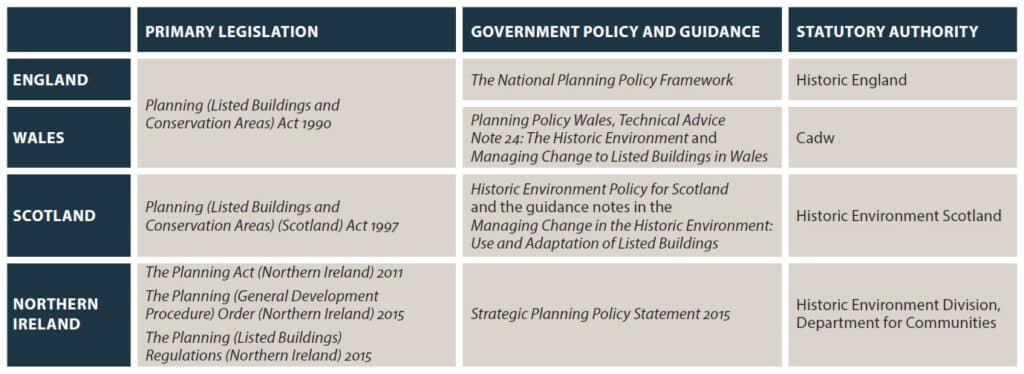
Ethical Considerations in Restoration
- Authenticity vs. Practicality: Ethical restoration involves a careful balance between maintaining historical authenticity and meeting modern practical needs. For example, using traditional materials and techniques is preferred, even if modern alternatives offer better durability or convenience.
- Intervention Minimization: Ethical preservation practices advocate for the least amount of intervention possible. This means doing just enough to stabilize and protect the floors without altering or removing significant historical materials.
- Reversibility: Ideally, any interventions made should be reversible. This principle ensures that future restorers can undo changes if newer, more appropriate restoration techniques become available.
Navigating Local and National Preservation Laws
- Consultation with Authorities: Engaging with local conservation officers and heritage bodies can provide guidance and ensure that all restoration work is legally compliant and ethically sound.
- Permits and Documentation: Obtaining all necessary permits and keeping detailed records of the work and materials used is essential for legal compliance and for the historical record.

Ethical Use of Materials and Techniques
- Sourcing Ethical Materials: When original materials are needed for restoration, sourcing them ethically and sustainably is key. This includes using reclaimed wood of the same period and type wherever possible.
- Training and Skills Development: Employing skilled craftsmen who are trained in historical restoration techniques not only supports ethical restoration practices but also helps to preserve and pass on traditional skills.
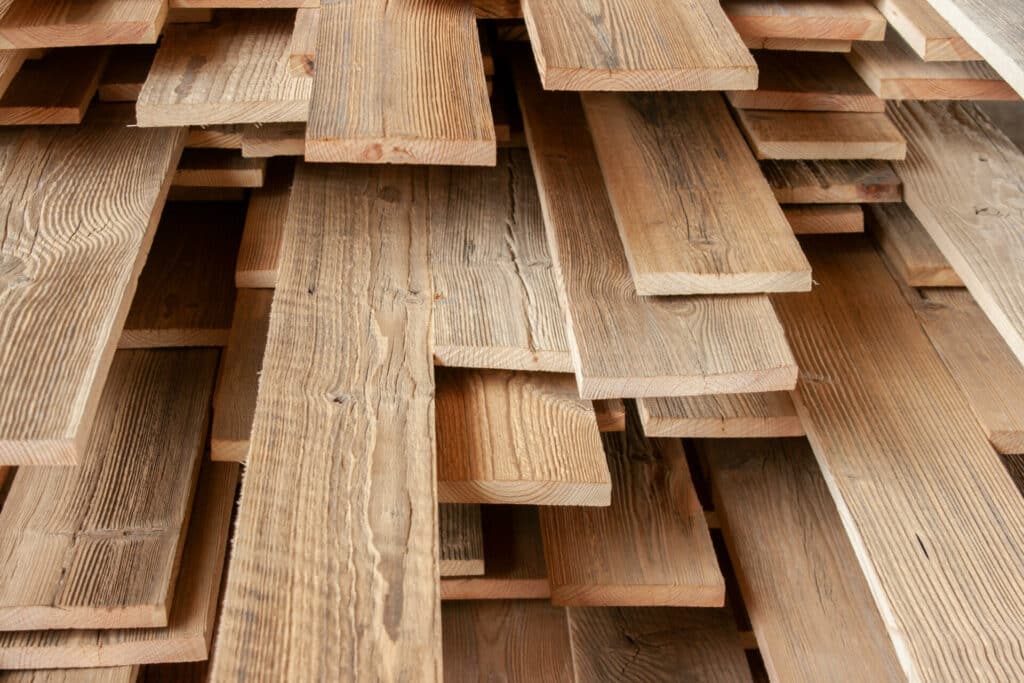
DIY vs. Professional Restoration
When deciding whether to undertake a DIY approach or to engage professional restorers for Georgian and Edwardian wood floors, several factors need to be considered. This section explores the pros and cons of each approach, helping homeowners make an informed decision based on the scope of the project, their skills, and the historical significance of the floors.
When to Consider DIY Restoration
- Minor Repairs and Maintenance: For minor issues such as small scratches, slight discolouration, or routine maintenance like cleaning and polishing, a DIY approach can be sufficient and cost-effective. Homeowners can use commercially available products designed for wood care that respect the floor’s age and material.
- Learning and Engagement: DIY projects can provide a deep sense of satisfaction and a hands-on connection with the history of the home. For enthusiasts eager to learn about traditional techniques and preservation, small-scale DIY projects can be a rewarding way to engage with their property’s heritage.
- Cost Considerations: When budgets are tight, DIY may seem appealing. However, it’s important to weigh the potential cost of mistakes, which could lead to more expensive repairs later.
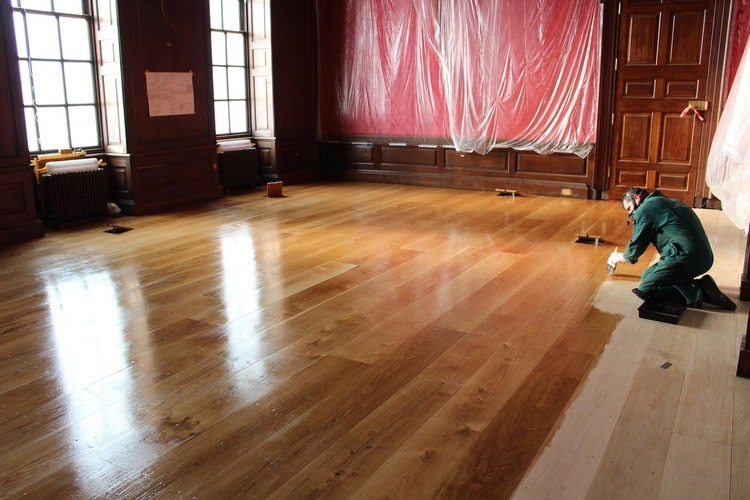
Risks of DIY Restoration
- Potential for Damage: Without the proper skills and knowledge, DIY efforts can inadvertently damage historic wood floors. Techniques such as sanding, refinishing, or replacing boards carry risks if not done correctly.
- Misjudging the Scope: Homeowners may underestimate the complexity of the restoration needed, leading to incomplete or inappropriate repairs that don’t address underlying issues like structural weaknesses or moisture problems.
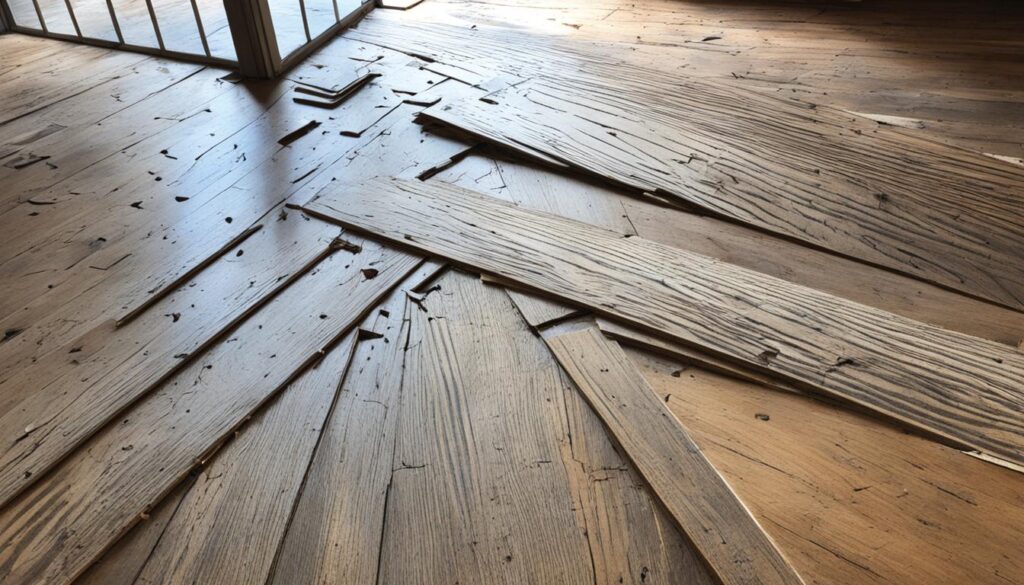
Benefits of Professional Restoration
- Expertise and Experience: Professionals bring a depth of knowledge in both the historical aspects of the floors and the latest techniques suitable for their preservation. This expertise is crucial for ensuring that the restoration honors the floor’s authenticity while providing durability.
- Access to Specialized Tools and Materials: Restoration experts have access to tools and materials that are not typically available to the public. This includes custom stains, finishes that are historically accurate, and advanced machinery for precision work.
- Guarantee of Quality: Professional restorers often provide warranties for their work. This not only ensures a safety net should anything go wrong but also provides peace of mind that the restoration is of high quality.
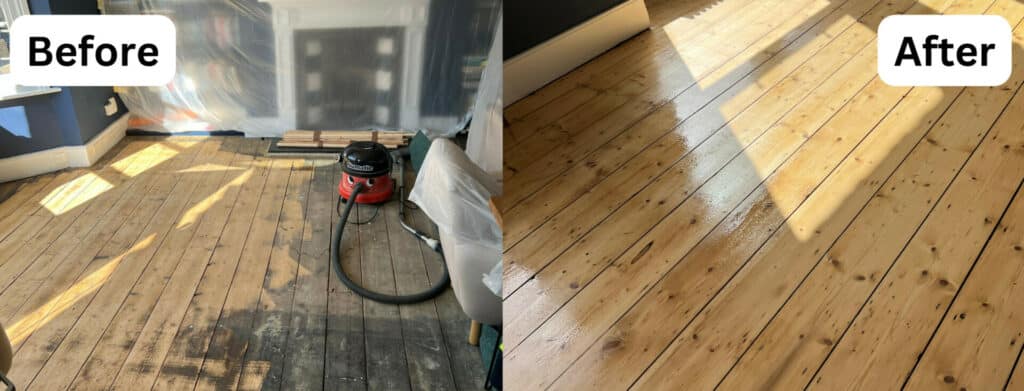
Evaluating the Need for Professional Help
- Comprehensive Assessment: It is advisable for homeowners to start with a professional assessment, even if they plan to do some of the work themselves. This assessment can outline which parts of the restoration are within the DIY scope and which are better handled by experts.
- Regulatory Compliance: For listed buildings or those in conservation areas, hiring a professional is often necessary to ensure that all work complies with local heritage and building regulations.
- Complex Restorations: For extensive damage or when historical accuracy is paramount, professional restorers are essential. They can navigate the delicate balance of restoring functionality while preserving as much of the original material and craftsmanship as possible.
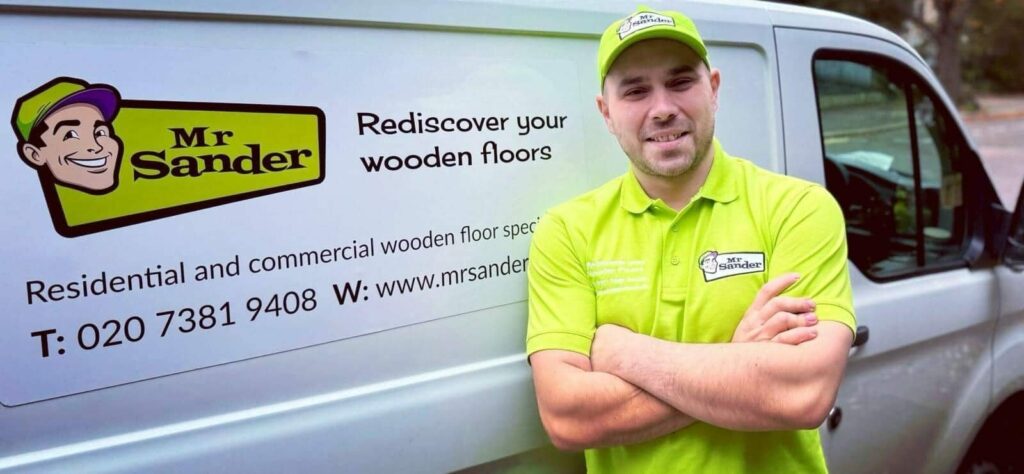
Conclusion
The preservation of Georgian and Edwardian wood floors is more than just a matter of maintaining the aesthetic appeal of a property; it’s about safeguarding a tangible piece of history. These floors are not only beautiful and rich in character, but they also serve as a direct link to the past, offering us insight into the craftsmanship and cultural contexts of their times.
The Importance of Preservation
Preserving these historical wood floors ensures that we maintain a connection to our architectural and cultural heritage. Each plank and parquet piece that is carefully maintained or restored continues to tell the story of its era, contributing to the richness of our historical narrative. In doing so, these floors also add significant value to properties, making them coveted pieces of real estate and cherished family homes.
We encourage homeowners, restorers, and enthusiasts alike to engage with the history under their feet. Whether you opt for professional restoration or take on minor maintenance yourself, each effort contributes to the ongoing story of these exquisite floors. It’s essential to approach this task with respect and care, considering both the aesthetic and historical integrity of the floors.
Supporting Local History
By participating in the preservation of Georgian and Edwardian wood floors, individuals not only enhance their own living spaces but also contribute to the broader effort of historical preservation. This can foster a deeper appreciation and understanding of local history, encouraging community and cultural engagement.
Final Thoughts
As we conclude our guide on “Reviving History: Preserving Georgian and Edwardian Wood Floors in UK Properties,” we hope you are inspired to view each scratch and imperfection not as a flaw, but as a part of a grand story that spans generations. These floors are a testament to the artistry and endurance of past eras—worthy of our best preservation efforts. Let us cherish and maintain these historical treasures with the respect and dedication they deserve, ensuring they continue to grace our homes and history books for many more years to come.

Sanding
We provide virtually dust-free sanding with our continuous belt machinery with mobile extraction units, giving you a safer environment for your family.
Oiling
This organic finish not only adds beauty to your home but also has exceptional water-repellent characteristics, making it easier to clean and maintain.
Waxing
This natural floor finish offers the softest and most mellow appearance – and leaves your floor able to breath.
Buffing
Using soft buffing machines (and hand-polishing where required) will bring a wonderful sheen to your newly-finished floor.
Repairs
We offer a full assessment of your wooden floors to determine what repairs are needed to provide the perfect working surface for the later stages of sanding, staining and sealing.
Restoration
We offer a comprehensive restoration process designed to address floors that are improperly fitted or damaged over time through wear and tear.
Request a fixed price quote for your wood floor restoration now
Simply enter your postcode below to get started.
Services
Wood Floor Sanding Wood Floor Restoration Wood Floor Scratch Repair Squeaky Wood Floor Repair Parquet Floor Sanding Parquet Floor Restoration Commercial Floor Sanding Church Floor Sanding Community Centre Floor Sanding School Floor Sanding Gap Filling Gap Filling with ResinCopyright © Mr Sander®
Privacy & Cookies Terms & Conditions Complaints Procedure Cancellation Rights Sitemap